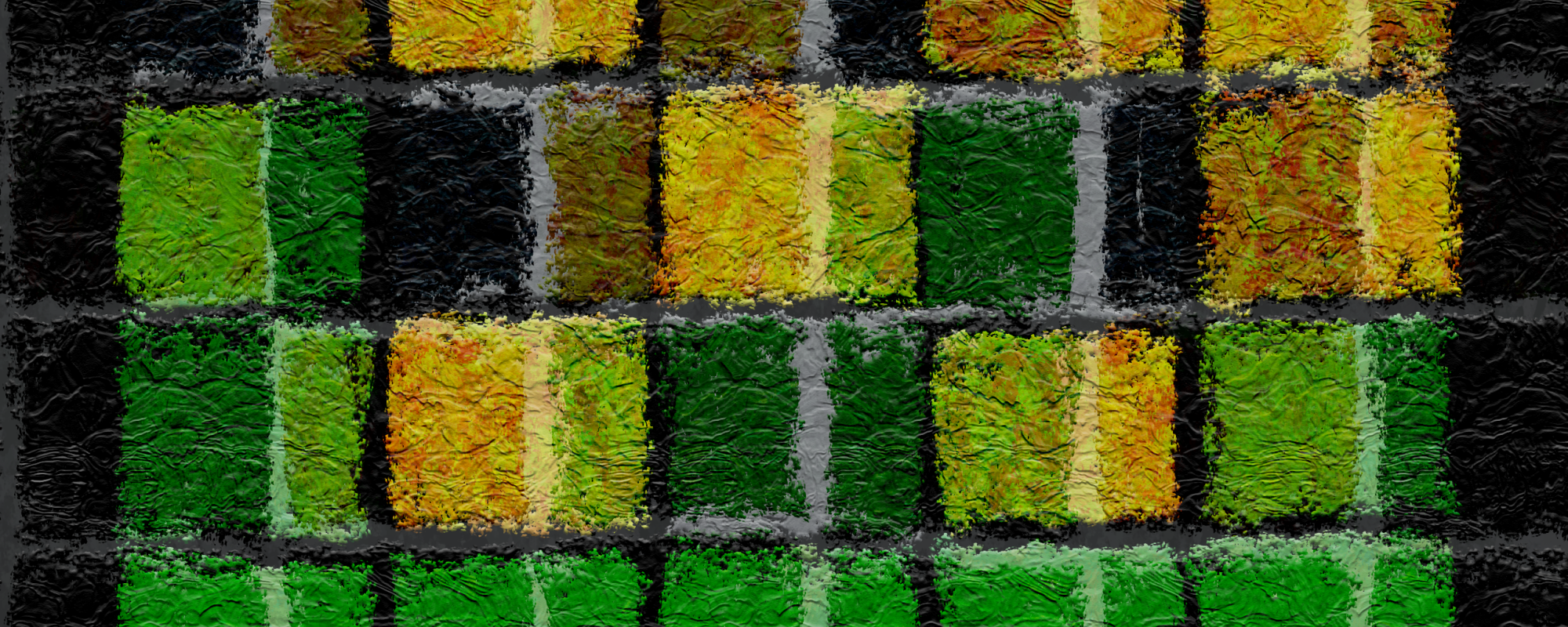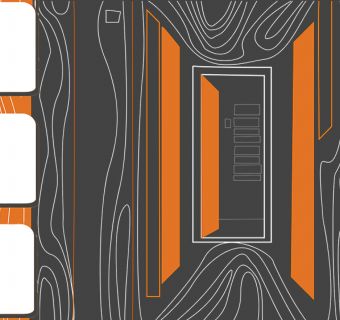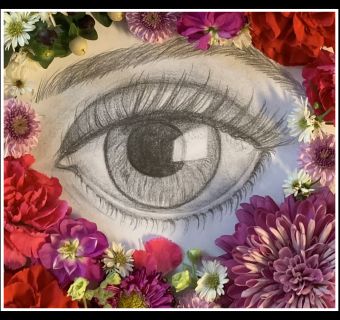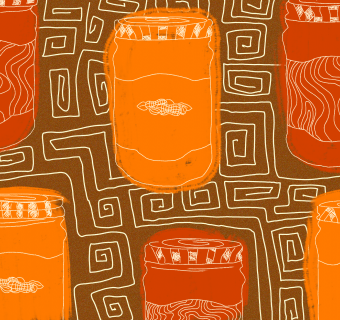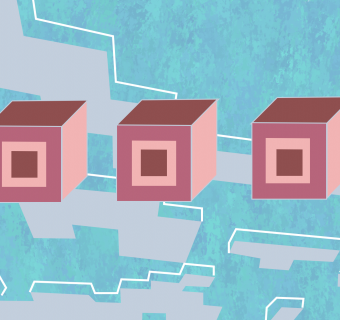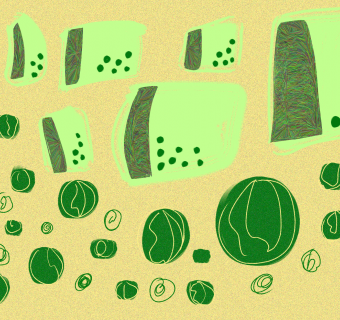It’s been a little over a month since Wordle, a daily brain teaser in which players must guess the five letter word of the day in six tries or less, took the Internet by storm. With online popularity comes discourse, this time centering around the New York Times’ acquisition of the game and whether the solutions have gotten too difficult since that acquisition. In actuality, the New York Times has nothing to do with picking the Wordle solutions—each daily solution was programmed months in advance by the game’s creator, Josh Wardle, long before the game was sold—the conversation does raise interesting questions over how the person behind the puzzle can change the feel or the nature of the game.
Who makes the puzzle matters, and not just in Wordle. Cracking the Cryptic, a YouTube channel with almost 500k subscribers, has built a whole community around variant sudoku (or sudoku puzzles with additional constraints), such as thermo sudoku or killer sudoku.
Who makes the puzzle matters, and not just in Wordle.
Simon, one of the two men who run the channel, answered a few questions for Iris on what he views as the appeal of puzzles and their stories, “These aren’t ordinary sudokus such as you might see on the back of a newspaper. These are all extraordinary handmade puzzles that can be pretty fearsome!”
The sudoku puzzles on Cracking the Cryptic usually feature additional rules and constraints. These complex puzzles are intricately crafted by various figures, often within the community. Computer-generated sudoku, while popular, doesn’t lend itself to the same kind of depth in gameplay.
“It comes down a bit to randomness. A computer might make an amazing puzzle but it is very hard to teach a computer to know whether it’s made a puzzle a human being would enjoy solving," Simon stated.
As opposed to computer-generated monotony, the variant sudokus Simon and Mark feature on their channel lead the player through a logical path. Solving one part of the puzzle leads to another part, which leads to a different clue that disambiguates an open spot from earlier, so on and so forth until the puzzle is finished.
“A logical path is something a solver can appreciate. They feel like the setter is leading them on a very linear journey through the puzzle. As a solver one can sense the way the setter’s mind has worked to create that journey—the series of deductions they have set out. This is incredibly satisfying. It also, when done well, allows the solver to really appreciate the genius with which the setter has constructed the puzzle. It’s a bit like being allowed into the mind of Leonardo Da Vinci as he painted the Mona Lisa. You get a glimpse of the way the creative process happened and that’s pretty amazing.”
It’s a bit like being allowed into the mind of Leonardo Da Vinci as he painted the Mona Lisa. You get a glimpse of the way the creative process happened and that’s pretty amazing.
When looking at sudoku through this lens, the game resembles a narrative with different puzzle makers having different reputations and connotations of their work, similar to movie directors or novel authors.
“The general characteristic of a great setter—let’s take Phistomefel [famous for the creation of Phistomefel’s theorem] as an example—are that they make their puzzles as good as they can possibly be.They don’t just throw the puzzle together so that it has a unique solution—they plot a very specific path AND they really think through how the constraints in the puzzle operate with one another. They try to extract new and/or interesting relationships that the solver may not be aware of. This improves the solver’s experience too because if they finish the puzzle they’ll often have learnt something new.”
Josh Wardle himself has created a story with his viral word game, whether knowingly or otherwise. Stephen Stallings, who runs the @wordletips account on Tiktok—where he discusses this game with over 70k followers—also took the time to answer a few questions on his perspective of the game and its massive success.
“I think the main reason people started playing was to have one thing in common to share and discuss with friends, family, and online strangers—a brutally scarce resource in modern times. Then, once you were sucked in, there was so much charm in the narrative around the game. Guy makes game for his partner because she likes word puzzles. Awwwwwwwww. It made you feel like it was made by a friend of a friend, which is refreshing in the midst of an entertainment landscape where every other option is being pushed at you by a giant corporation."
On a primal level, people want to hear a great narrative, but people now want to be involved in a great narrative. The pre-NYT Wordle story gave both—a narrative of a game with good-natured origins and the opportunity to not only play that game but to promote it and contribute to its non-corporate, wildfire-like word of mouth spread.”
I think the main reason people started playing was to have one thing in common to share and discuss with friends, family, and online strangers—a brutally scarce resource in modern times.
Recently, in addition to considering the clues given, some Wordle players have even begun discussing what “feels” like a Wordle word and what doesn’t. Put differently, when picking a word to guess, players consider if it feels like a word Josh or his wife would have chosen based on previous solutions.
“Even though there's no evidence proving that the wordlist makes any chronological sense, we love to look for patterns whether they're going to be there or not. A few weeks ago, my friend noticed that a few recent solutions had been words commonly perceived as "gross," which convinced him that MOIST would be the solution soon. He used MOIST as his starter for a while, and sure enough...one day he got it in one.”
Devoted fans see the game as almost a conversation between player and setter, telling a story about language and how we feel about certain words. When the New York Times bought the game, they did not change any of the gameplay or any of the solutions Josh had coded into the game—but they did change the story of the game, and therefore how players feel about finding the solution.
“It definitely did change people's perception of the game for a while. It just so happened to coincide with a uniquely hard stretch of solutions, and people immediately jumped to blaming the Times. Had it still been under Josh's ownership—or under the control of any one person, people likely would have said "wow this got hard," but the Times is a faceless institution that serves as an easier punching bag for people's reactionary tendencies.”
Devoted fans see the game as almost a conversation between player and setter, telling a story about language and how we feel about certain words.
It went from a conversation with one man to one with, as many players feel, a much more impersonal corporation. Even fan-made alternate versions of Wordle such as Worldle, Heardle, or Quordle couldn’t capture the same energy.
“The other versions are great for practice, strategizing, or mindless play, but when you play the "real" Wordle, there's an added layer of care to put into it because you feel that 1) you're, however indirectly, interfacing with a real person who planned out these puzzles for you, and 2) if you're going to share your results on social media, it's like other people are watching you as you play.”
So far, the game seemingly has been able to maintain its success and cult following, but only time will tell if this shift in perception changes the game enough to where people stop playing altogether.
All this discourse goes to show the level of connection created by these kinds of numeric and linguistic puzzles. When the narrative or story behind a puzzle, derived from the surrounding community or creator, meshes with satisfying logical solutions, it takes the whole experience to another level and leaves a great emotional impression on the player, turning an otherwise analytical hobby into a close-knit community, or a global phenomenon.
Endnotes:
Cracking the Cryptic is a Youtube Channel run by Mark Goodliffe (12 times winner of The Times Crossword Championship) and Simon Anthony (former record holder for consecutive Listener Crossword solves). Their channel features twice daily videos solving (mainly) sudoku puzzles, from beginner to expert level, with links in the description of every video so that everyone can try the puzzles themselves. They can be found at youtube.com/c/CrackingTheCryptic or at @crypticcracking on twitter.
In addition to running the @worldetips account on tiktok, Stephen Stallings also spends his free time working on a power pop band called Plot Points with his wife. Their music/social media can be found plotpoints.info and the band’s tiktok, @plot.points, also functions as a personal account separate from his Wordle content.

